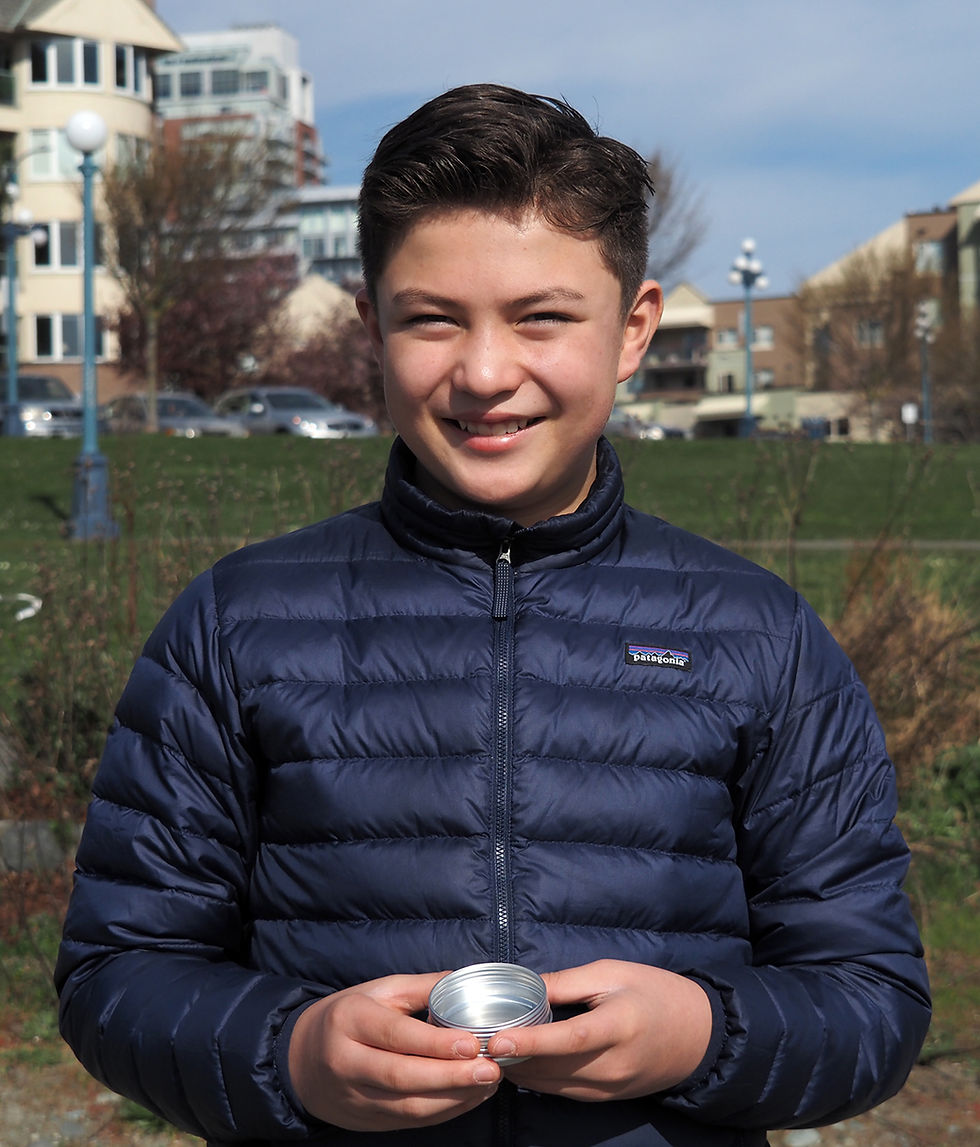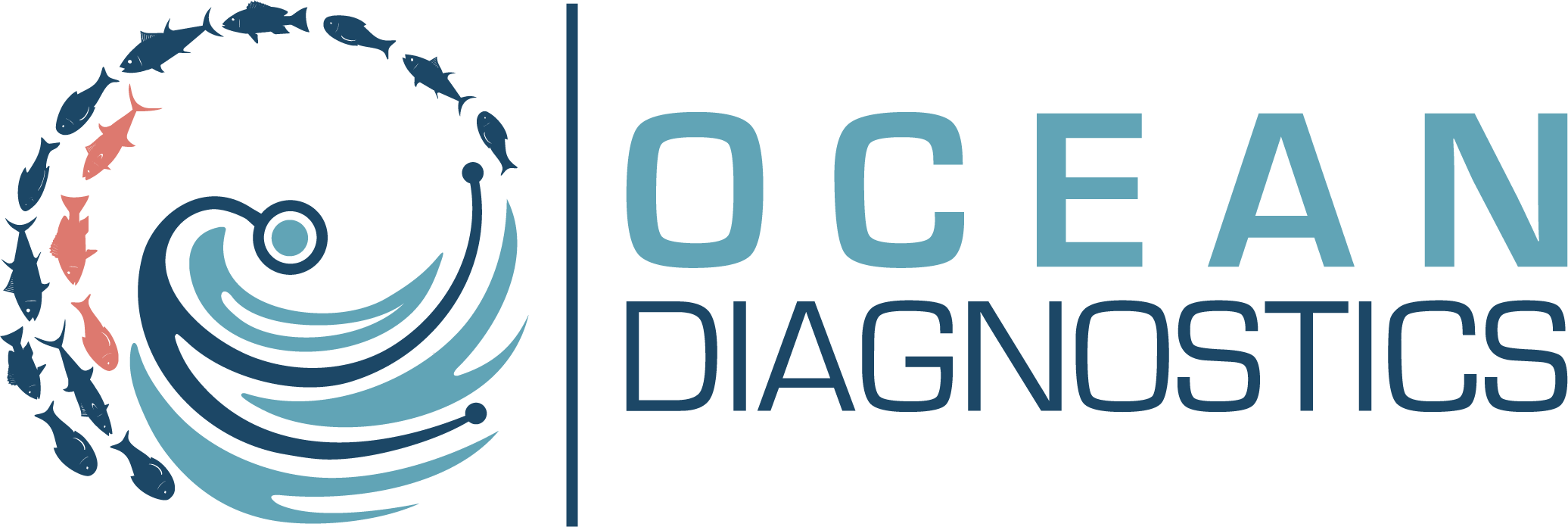Microplastics citizen science: engaging youth for a cleaner future

Ocean Diagnostics’ youth ambassador, 11-year-old Liam Pope-Lau, encourages the public to get involved in microplastics citizen science to create a healthier future.
Plastic pollution is all around us: in our landfills, the street, our oceans and beaches. Plastic stays in our environment for several hundred years. Made from harmful chemicals, plastic pollution poses a significant risk to our ecosystems, food chains and human health. Some plastic pollution is so small we don’t even see it.
Microplastics are tiny plastic particles – sometimes only visible through a microscope - caused by waste mismanagement, fishing, stormwater and wastewater, car tires, clothing fibers and the breaking down of single-use plastics. Thousands of species, including humans, ingest microplastics.
While new technologies emerge to clean the ocean from plastic pollution, they miss small microplastic particles and fail to address the root of the problem which is the production of plastic in the first place. To regulate plastic, decision makers need information on its long-term effects. This information is called data. Until now, scientists have struggled to provide sufficient data because they did not have the tools needed to easily study microplastics.
Ocean Diagnostics (ODI) is a Victoria-based environmental impact company that develops technologies and services for scientists and citizens to diagnose and protect our oceans from microplastic pollution. Citizen involvement is very important to help collect greater amounts of scientific data that can be used to influence change.
In partnership with Environment and Climate Change Canada, ODI recently launched a microplastics citizen science pilot project to assess contamination levels entering oceans from storm and rainwater outflow systems from Saanich to Victoria, Canada. The project not only engages local volunteers to provide data but also tests new tools that the public can use to monitor microplastics.
We (distantly) sat down with our youth ambassador, 11-year-old Liam Pope-Lau, to talk about why microplastics citizen science is so important for our planet and our future, and how we can work together to tackle the root of the plastic pollution problem.
"People often underestimate how much we can impact change. By engaging youth, we can tap into new ideas and perspectives to create a sustainable future we can all be proud of."
What interested you in microplastics research?
I was drawn to microplastics research because I wanted to make a real-world impact. It was something I knew was a problem. Where I live, we are very close to the sea. I kept seeing it every time I was at the beach. I knew I had to do something about it. I couldn’t just sit there. I just really wanted to take action and stop it from destroying the world. Right now, we see short-term effects, but it’s crucial we think about the long term.
Why is microplastic pollution bad?
When microplastics get into animals, let’s say salmon, we eat the salmon and have microplastics in our bodies. [Microplastics] can release chemicals inside our bodies that can potentially be harmful to us. We’re destroying our planet because these chemicals could impact animals and the earth.
What can people do to stop microplastic pollution?
One big thing is to not litter in the first place. We can stop that. We can attend beach cleanups and try to clean up [the plastic] we’ve already put out there. Then, we can try to get the microplastics out in the future. We need data to know how big of a problem microplastics are and so researchers can analyze what’s going on and to communicate the problem to the public and policy makers.
Why is it important for citizens to get involved?
It’s really important for citizens to get involved so they can learn the effects of what is happening. They can help to collect more microplastics from different parts of the world so scientists who analyze the results have more data.
Why are science and technology important to solve these problems?
It’s always amazing to see what new research comes out. You see how far you’ve come and how you can help. Science is all around us and we depend on it every day. Science is really in everything. Technology can allow us to find all the things we’ve been searching for. It’s ground breaking when something that could have taken hours can now be done in a minute.
What excites you about microplastics citizen science?
I’m excited to participate in Ocean Diagnostics’ citizen science project because it is a great way to advance research using a community effort. Building a network of data collectors with others who care about the same things and take action to solve the problem is really exciting.
Why did you want to become a microplastics citizen science youth ambassador?
I’m excited to be ODI’s youth ambassador because it’s inspiring to see how new technology can advance our understanding of microplastic pollution. I want the future generation to have a clean life without having to do beach cleanups – because there’s nothing left for them to have to clean up. I want a safe future for all of us.
Youth care a lot about environmental issues and connecting this research to youth engagement is a great way to really involve the leaders of tomorrow. People often underestimate how much we can impact change. By engaging youth, we can tap into new ideas and perspectives to create a sustainable future we can all be proud of.
What do you want other youth to know?
Find out as much as you can about microplastics, then attend a couple of beach cleanups to see what you can do and how you can help other people get interested. We need to understand what we’re doing right now to benefit our future selves so we can look back and see what we’ve accomplished. We have a beautiful future ahead of us. In the short term, you might not see much, but people in our future will say, “Wow, I’m glad they did that.” I feel happy because I’m doing something, and now I just want to do more.
About Liam
Two years ago, Liam did his science fair project on microplastics and won three awards for his work. He then joined Charlotte Brady and Anastasia Castro to speak with Dr. Andrew Weaver and Minister George Heyman about implementing a single-use plastic ban in BC and travelled to Ottawa to attend the Bill M151 Committee meetings for a National Strategy to Combat Plastic Pollution. Recently, he participated in the Youth Engagement Forum for Zero Waste Victoria which was presented to Victoria City Council in December 2020.
